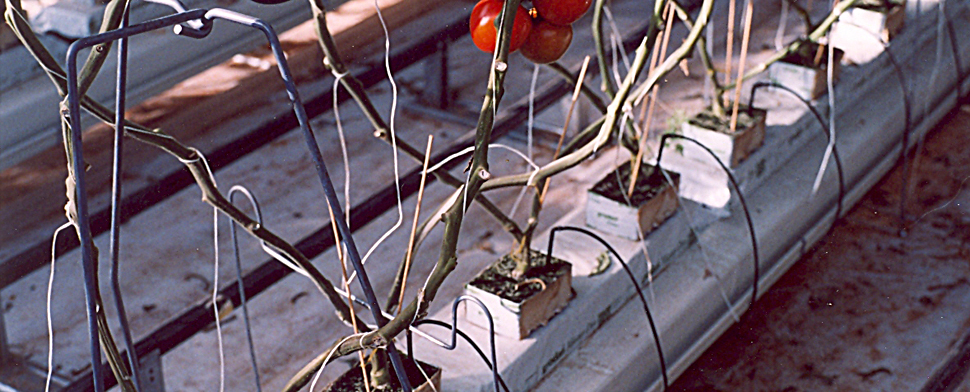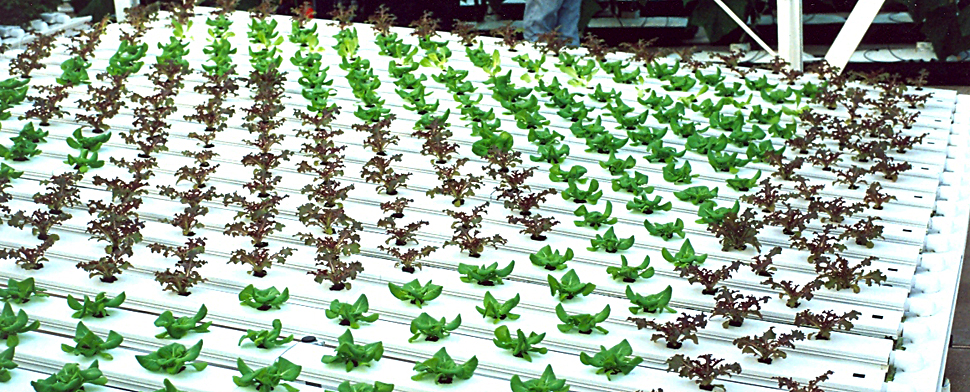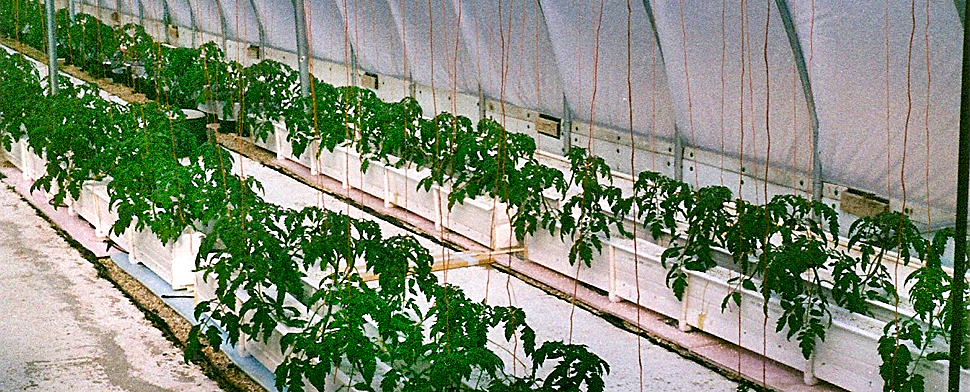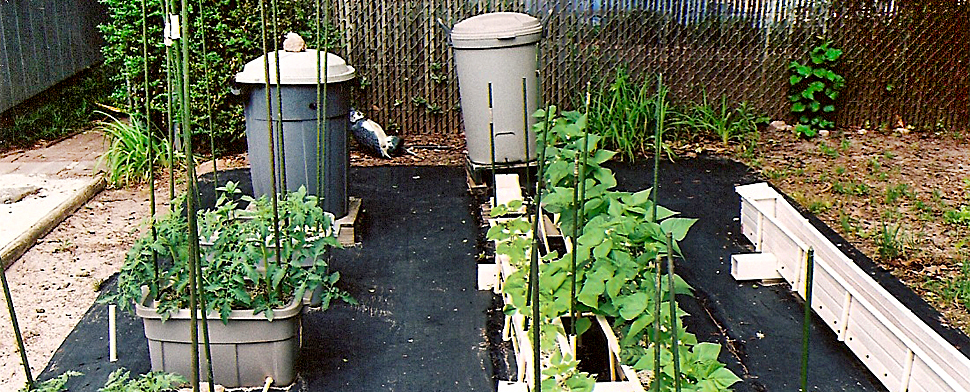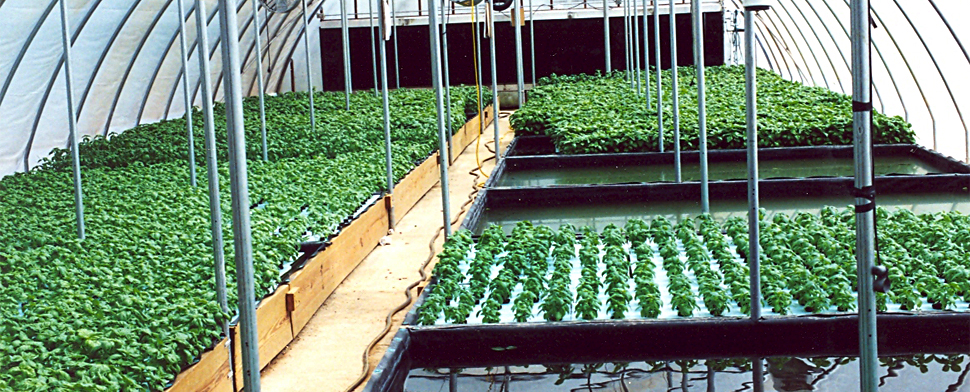Hunic acid is becoming a commonly added ingredient to nutrient solution formulation and nutrient supplement products with the expectation of significant positive plant response. Humic acid is not a specifically defined chemical substance, but is “a complex mixture of many different acids containing carboxyl and phenolate groups so that the mixture behaves functionally as a dibasic acid or, occasionally, as a tribasic acid” (en.wikipedia.org). The physiochemical properties of humic acid will be determined by the substance (soil, peat, coal and various dystrophic water sources) from which it has been extracted and the procedure(s) used for extraction and purification. Humic acid, being a mixture of many molecules and having both carboxylate and phenolate groups, will form complexes with ions, such as Mg2+, Ca2+, Fe2+ and Fe3+; therefore will act in much the same way as a chelate, regulating the bio-availability of these and other ions in solution. Such chelation can have both advantages and disadvantages depending on the physiochemical characteristics of rooting media and the plant nutrient ions chelated. This lack of specificity for humic acid would make its inclusion in a nutrient solution formulation and/or supplement of questionable value without careful investigation to determine its safety and efficacy. Equally important would be the identification of its source and the procedures used for extraction and purification In order to standardize humic acid products, it would be desirable to have an infrared spectrum of each hunic acid product that would identify its component structure. Such an identification of structure could then be correlated with a particular plant response when a humic acid product is added to a rooting medium.
Written by admin
![]()
Dr. J. Benton Jones has written extensively on the topics of soil fertility and plant nutrition over his professional career. After obtaining a B.S. degree in Agricultural Science from the University of Illinois, he served on active duty in the U.S. Navy for two years. After discharge from active duty, he entered graduate school, obtaining M.S. and Ph.D. degrees from the Pennsylvania State University in agronomy. For 10 years, Dr. Jones held the position as research professor at the Ohio Agricultural Research and Development Center (OARDC) in Wooster. During this time, his research activities focused on the relationship between soil fertility and plant nutrition. In 1967, he established the Ohio Plant Analysis Laboratory.
Joining the University of Georgia faculty in 1968, Dr. Jones designed and had built the Soil and Plant Analysis Service Laboratory building for the Georgia Cooperative Extension Service, serving as its Director for 4 years. During the period from 1972 and his retirement in 1989, Dr. Jones held various research and administrative positions at the University of Georgia. Following retirement, he and a colleague established Micro-Macro Laboratory in Athens, Georgia, a laboratory providing analytical services for the assay of soils and plant tissues as well as water, fertilizers, and other similar agricultural substances.
Dr. Jones was the first President of the Soil and Plant Analysis Council and then served as its Secretary-Treasurer for a number of years. He established two international scientific journals, "Communications in Soil Science and Plant Analysis" and the "Journal of Plant Nutrition", serving as their Executive Editors during the early years of publication.
Dr. Jones is considered an authority on applied plant physiology and the use of analytical methods for assessing the nutrient element status of rooting media and plants as a means for ensuring plant nutrient element sufficiency in both soil and soilless crop production settings.
View all posts by: admin
No Comments Yet.

